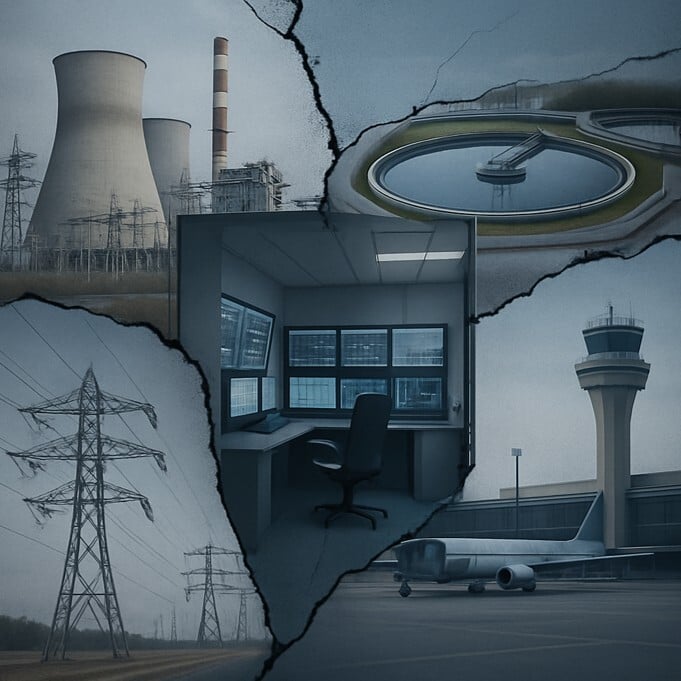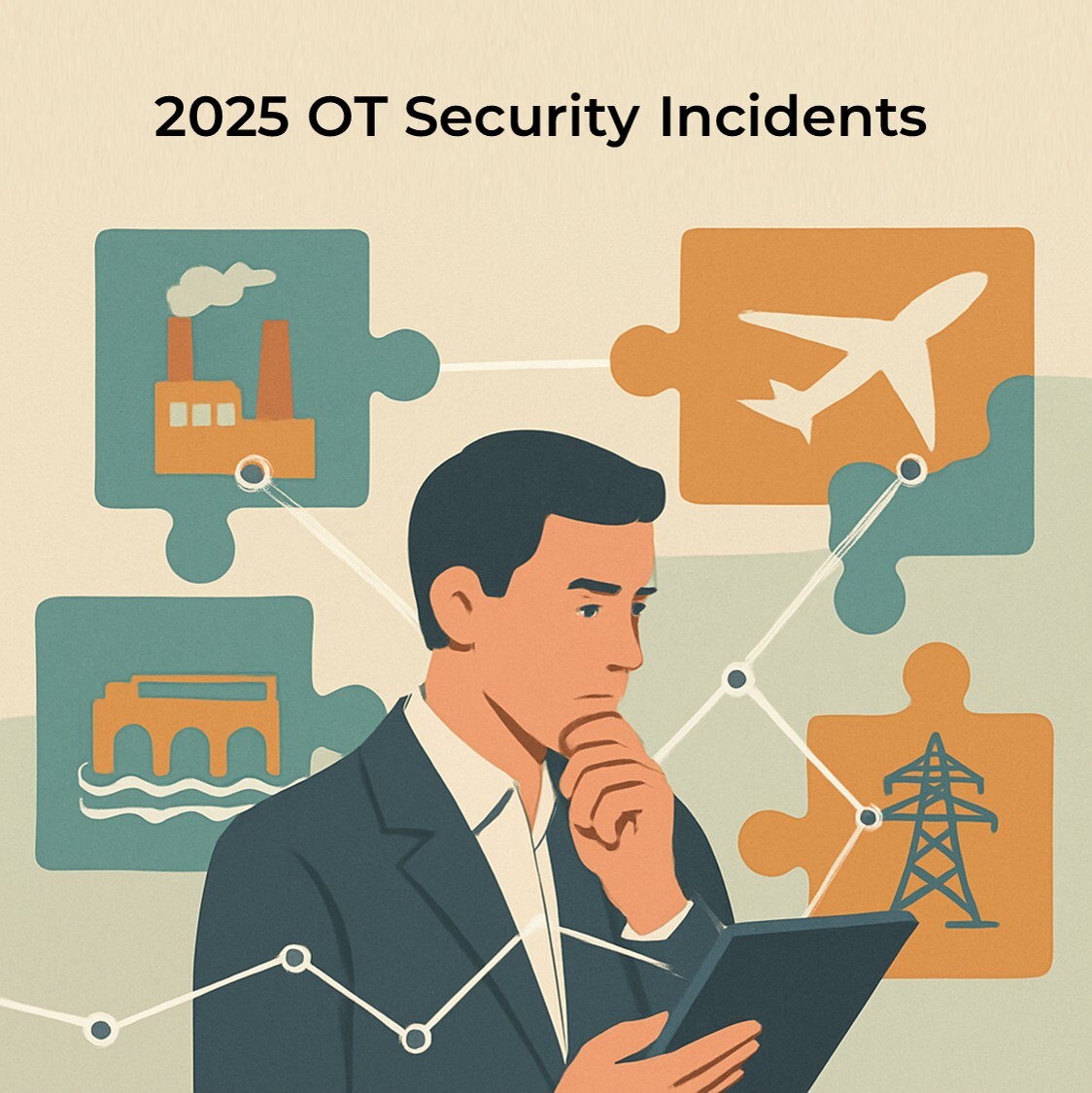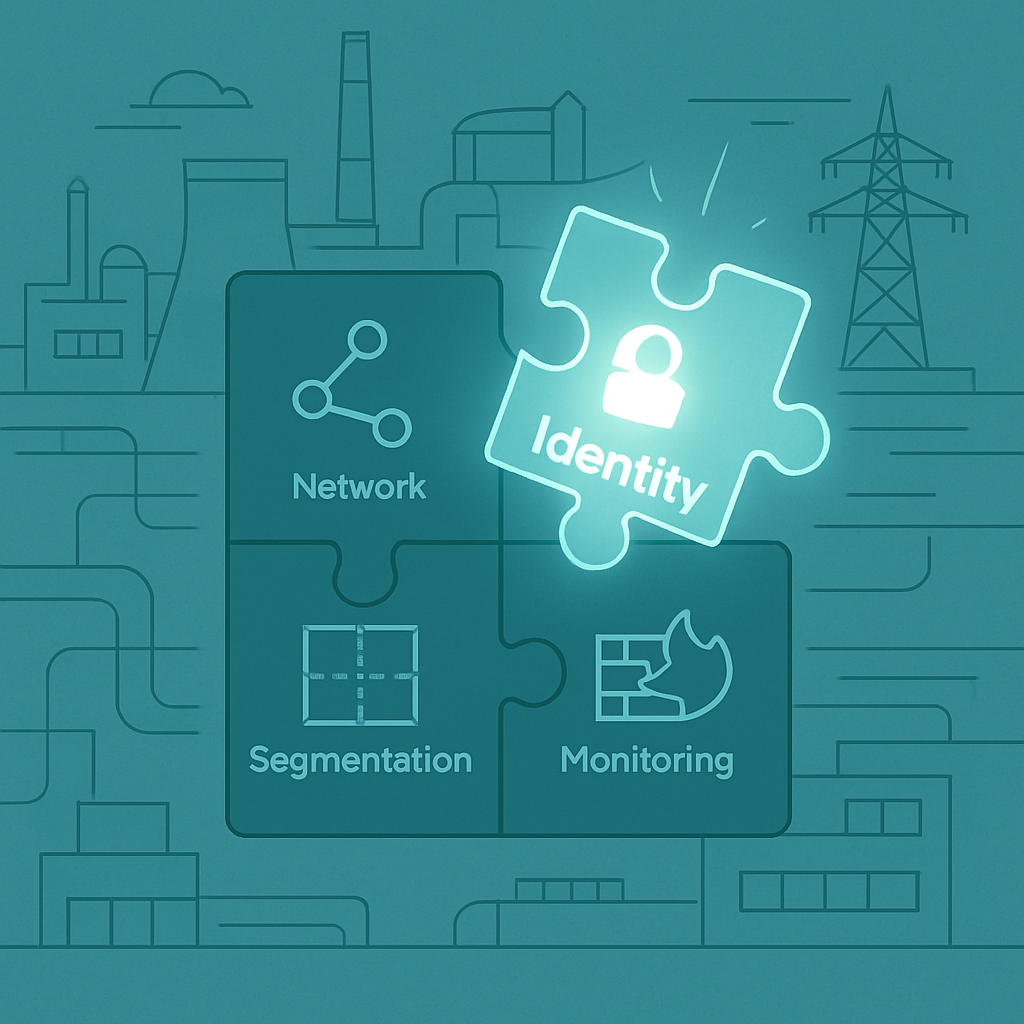The Urgent Need for Enhanced OT Security in an AI-Driven World

As artificial intelligence (AI) continues to evolve and integrate into various industries, it brings both remarkable opportunities and significant risks. One of the most pressing concerns is the potential for AI to exacerbate vulnerabilities within Operational Technology (OT) infrastructure, which controls the critical systems and machinery that power industries like energy, transport, and manufacturing. Despite the growing importance of securing these systems, many companies and nations remain alarmingly behind the curve, leaving themselves exposed to increasingly sophisticated threats.
AI's Impact on Security Risks
The rapid advancement of AI has transformed the landscape of cyber threats. A recent analysis by Deloitte highlights a stark reality: financial losses due to AI-driven fraud are set to skyrocket. In the U.S. alone, these losses are predicted to jump from $12.3 billion in 2023 to $40 billion by 2027. This surge is driven by the ease with which AI can be used to create deepfakes, conduct email fraud, and execute voice phishing attacks. These methods are not only becoming more accessible but also more effective, making it crucial for all sectors to strengthen their defences.
The State of OT Security: Stuck in the Past
While the financial sector is beginning to respond to these threats with AI-enhanced risk management systems like Mastercard's Decision Intelligence, the OT sector lags woefully behind. Many OT environments still rely on outdated security protocols, with some systems managing critical components like Programmable Logic Controllers (PLCs) using default passwords. This reliance on legacy systems creates a massive security gap that could be exploited by AI-driven attacks, leading to devastating consequences for national and economic security.
For instance, consider the scenario where AI-powered malware targets an industrial facility’s PLCs, exploiting weak authentication to manipulate machinery. The potential for catastrophic damage is enormous, yet many facilities are still reluctant to invest in even basic security upgrades, such as adopting advanced authentication solutions like swIDch's OTAC (One-Time Authentication Code).

The Case for Immediate Action
The reluctance to modernise OT security is not just a matter of corporate inertia; it’s a ticking time bomb. As AI continues to advance, the sophistication and frequency of attacks will only increase. The longer organisations wait to upgrade their systems, the more vulnerable they become.
To mitigate these risks, there must be a concerted effort to raise awareness about the critical importance of OT security. Governments and industry leaders must advocate for the adoption of advanced security measures that can keep pace with AI-driven threats. Implementing robust authentication systems, regular security audits, and continuous monitoring of OT environments are essential steps in building a resilient infrastructure.
Conclusion: A Call to Action

In an era where AI is reshaping the threat landscape, it is imperative that we do not overlook the vulnerabilities in our critical infrastructures. The potential for AI to cause widespread disruption is real and growing. By taking proactive measures to enhance OT security, we can protect our industries, our economies, and ultimately, our way of life from the devastating consequences of AI-driven attacks.
The time to act is now. Let us not wait until a major breach forces our hand. Instead, let us lead the charge in securing our infrastructures against the challenges of tomorrow.
--------------------

swIDch will continue its quest to innovate and pioneer next-generation authentication solutions. To stay up-to-date with the latest trends sign up to our newsletter and check out our latest solutions.

The OT and critical infrastructure incidents we witnessed throughout 2025 showed, with unusual clarity, where attackers

2025 was marked by a series of real-world OT and infrastructure incidents across Europe and North America. A dam gate

Even after a year filled with operational technology (OT) security investments, audits, and framework updates, one
Looking to stay up-to-date with our latest news?
